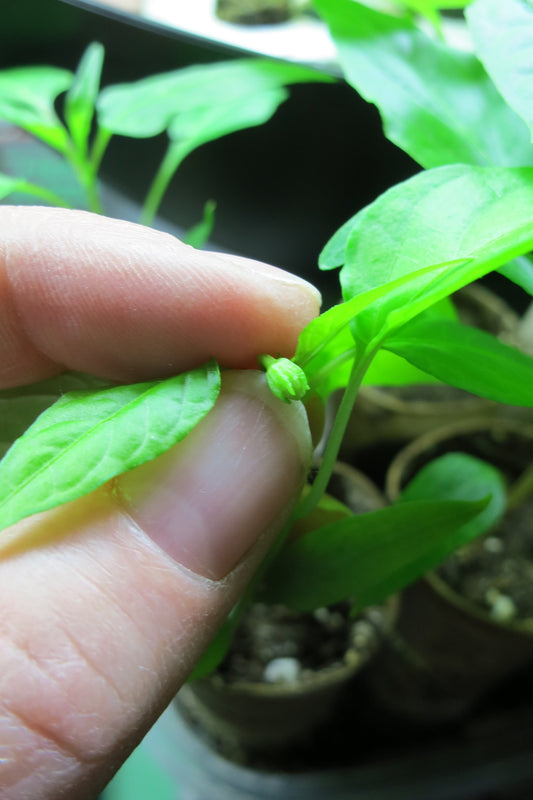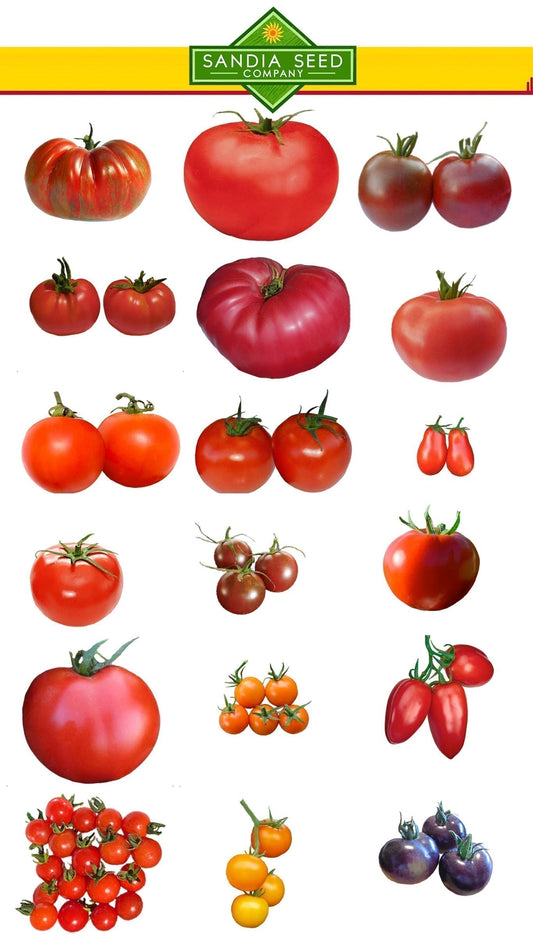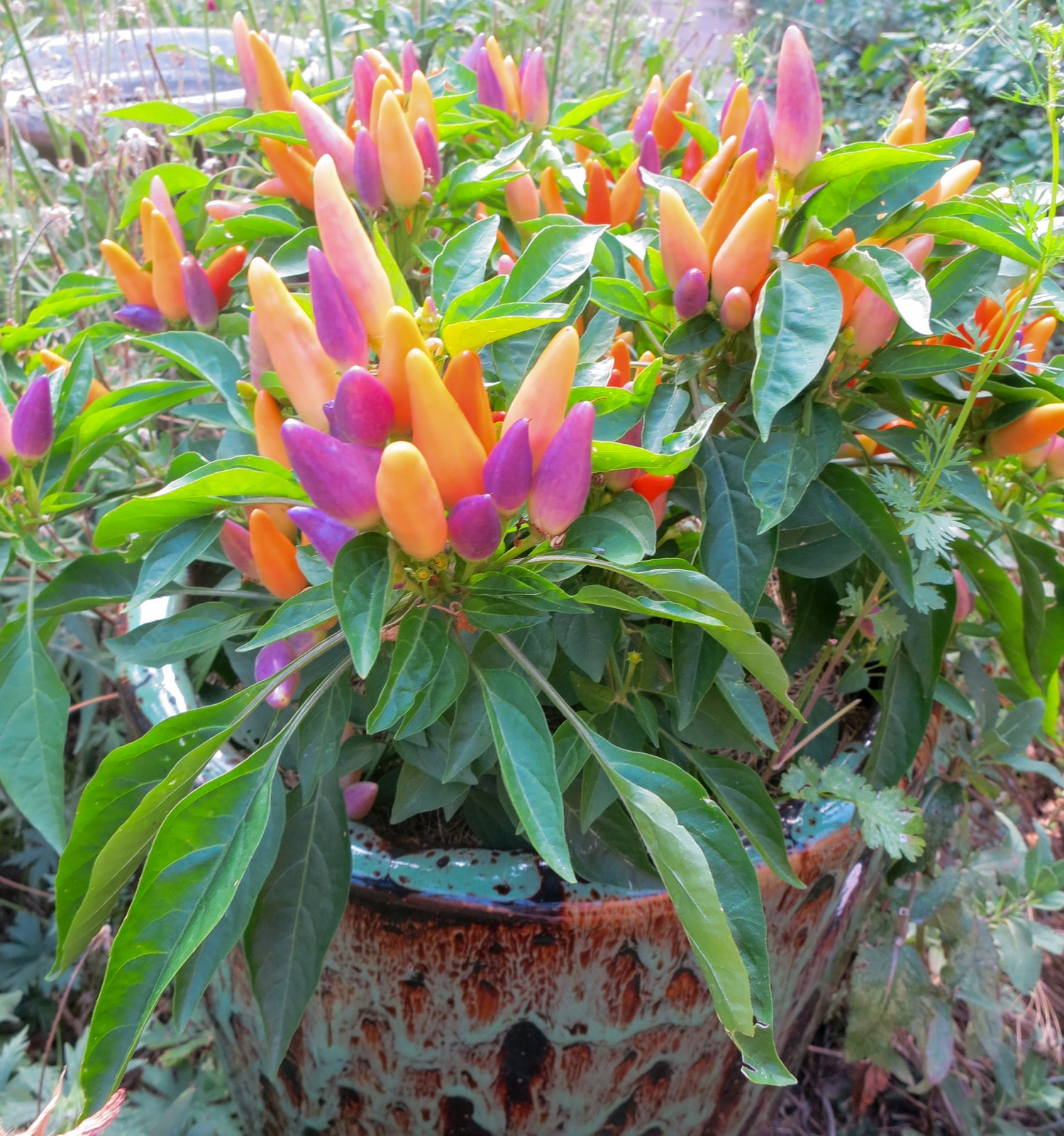
There are the five major types of peppers:

Life span: 1.5-3 years
These include a lot of the largest peppers including Bell Peppers, sweet/Italian Peppers, Serrano, Cayenne, Paprika, Hatch Chile Peppers, ornamental peppers like the gorgeous NuMex Twilight pepper, and all of the fast growing Jalapeños. These pepper plants can live between 1.5-3 years. We find that the New Mexican Chile varieties really produce the best in their first year, they don't produce much if grown longer than that, so planting fresh plants each season is best for the biggest harvests.

Capsicum baccatum:
Life span: 4-6 years
South American varieties including Ají Amarillo, Ají Limón. These peppers can live between 4-6 years. These can become impressive bushes and can produce all year long in the right environment.

Capsicum chinense:
Life span: 3-5 years
Includes the hottest peppers in the world, Habaneros, Scotch Bonnets, Trinidad Scorpions, the Bhut Jolokia Ghost Peppers, Carolina Reaper and the new Dragon's Breath Pepper. These peppers can live between 3-5 years. Some pepper growers growing in regions with cold winter weather bring their super hot pepper plants indoors to overwinter them to have a huge head start on the next season.

Capsicum frutescens:
Life span: 3-8 years
Tabasco Peppers, Malaguetas, Thai Hot and many of the peppers grown in India. These peppers can live between 3-8 years. These plants typically produce the most peppers in their first year.

Capsicum pubescens:
Life span: 5-10 years
Rocoto and Manzano peppers are the longest lived chile pepper plants. They have distinctive multi-stemmed woody vining plants, with purple flowers, black seeds, fuzzy darker green leaves. These are the longest lived peppers, and can live between 5-10 years in the right conditions, some reports have mentioned Rocoto pepper plants that were 15 years old. Rocotos grow in the Andes and like high day/night temperature fluctuations. We've heard they can also tolerate mild frost.
Want to see all of our
100+ peppers from around the world,
sorted by heat level?
Check out our List of Peppers by Heat »




















